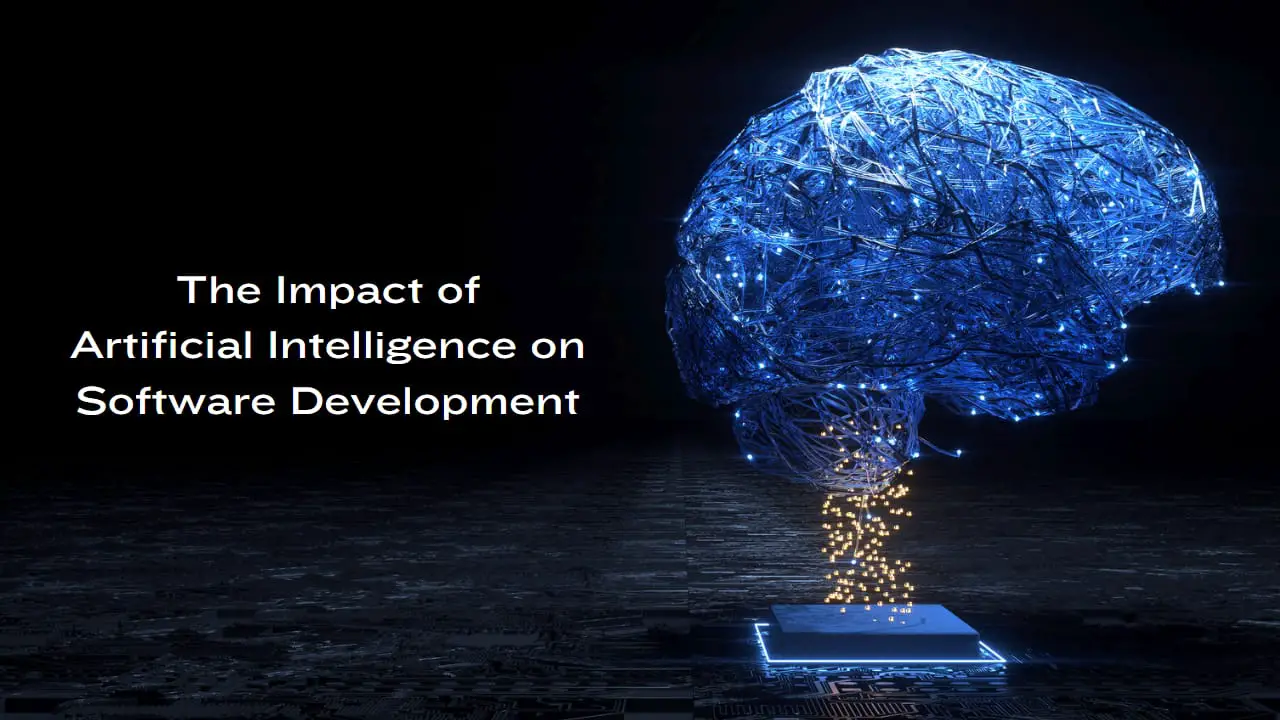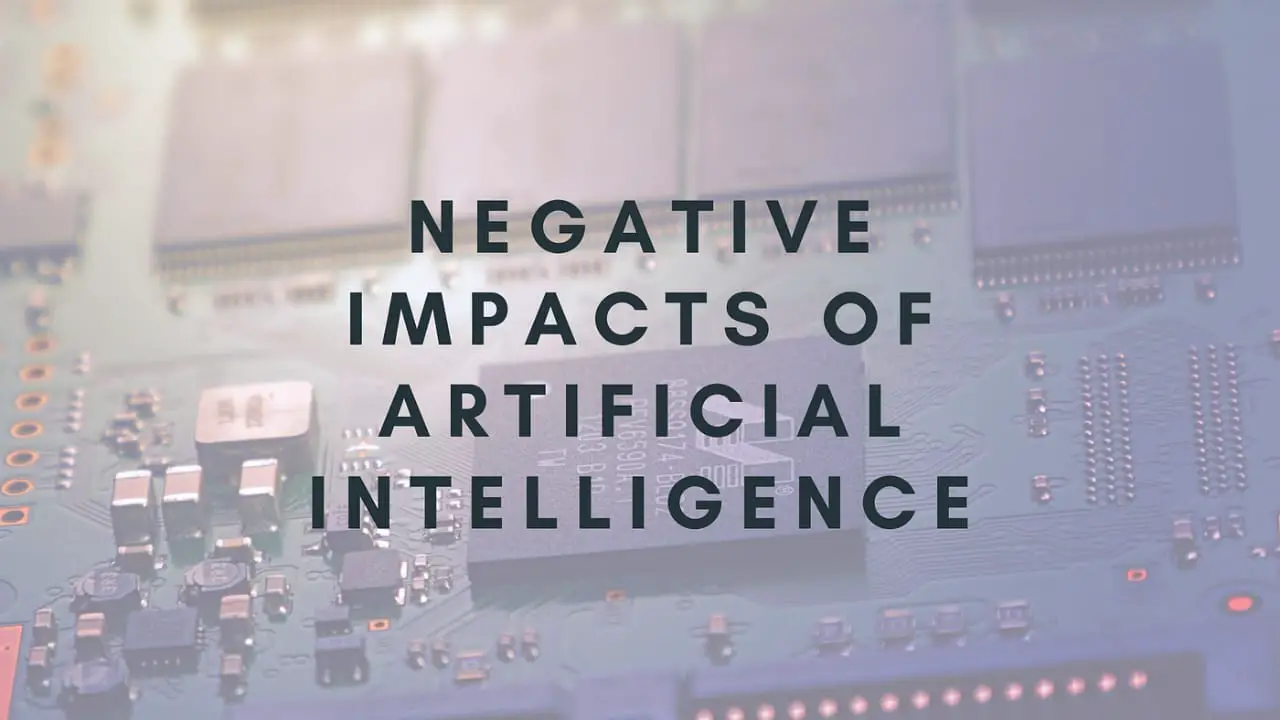Money and currency are two terms that are often used interchangeably in everyday conversation, but they have distinct meanings and functions in the world of finance and economics. Understanding the differences between money and currency is essential for making informed financial decisions and gaining a deeper insight into the workings of the global economy. In this article, we will explore these differences in simple, everyday language, shedding light on how money and currency shape our financial lives.
Money: A Store of Value
Money is a concept that has been around for centuries, serving as a medium of exchange, a unit of account, and a store of value. Let’s break down these three functions of money:
- Medium of Exchange: At its core, money is a tool that facilitates trade and commerce. Imagine a world where we had to rely on barter, exchanging goods and services directly. Money simplifies this process by providing a universally accepted medium that allows people to exchange one thing for another. Whether you want to buy groceries, pay rent, or invest in stocks, money is the medium that enables these transactions.
- Unit of Account: Money provides a standard unit of measurement for expressing the value of goods and services. This common measure allows for easy comparison and assessment of different products. For instance, if you want to buy a car, you can easily compare its price in terms of money with the prices of other cars or any other goods you might want to purchase.
- Store of Value: One of the most crucial functions of money is its ability to hold value over time. When you earn money today, you can save it and be reasonably confident that it will still have value when you decide to spend it in the future. This characteristic of money as a store of value provides a sense of security and stability to our financial lives.
Currency: A Medium of Exchange
Currency, on the other hand, is a subset of money, primarily focused on the first function: being a medium of exchange. Currency takes the form of physical objects, such as coins and paper bills, or digital representations in the modern era, like electronic funds in bank accounts. In essence, currency is a tangible or digital representation of money that makes it easier for people to engage in transactions.
- Physical Currency: Physical currency, which includes coins and banknotes, is the most familiar form of currency for many people. These tangible objects serve as a convenient medium of exchange in everyday transactions. When you hand over a $10 bill to the cashier at your local coffee shop, you are using currency to facilitate the exchange of value.
- Digital Currency: In today’s digital age, a significant portion of financial transactions occurs electronically. Digital currency includes the balances in your bank account, digital wallets like PayPal or Venmo, and cryptocurrencies such as Bitcoin and Ethereum. While these forms of currency lack a physical presence, they are still representations of money used for buying goods and services.
Key Differences Between Money and Currency
Now that we’ve established the basic definitions of money and currency, let’s delve into the key differences between the two concepts:
- Store of Value: Money is designed to hold its value over time, making it a reliable store of wealth. Currency, on the other hand, may not retain its value over extended periods. Inflation, which erodes the purchasing power of currency, is a significant factor that can affect the value of the currency you hold. To combat this, people often invest their money in assets like stocks, real estate, or bonds to preserve and potentially grow their wealth.
- Portability: Currency is highly portable because it exists in physical and digital forms that can be easily carried or transferred. Money, while it can also be stored in digital accounts, may involve additional complexities for large-scale transfers or international transactions. For instance, moving a substantial amount of money between countries often entails currency conversion, which can incur fees and exchange rate fluctuations.
- Acceptance: Currency, especially physical currency, is generally accepted everywhere within the issuing country’s borders. However, it may not be readily accepted in other countries or regions. Money, on the other hand, typically has broader international acceptance. Major world currencies like the US dollar, euro, and Japanese yen are widely used in international trade and finance.
- Durability: Currency, particularly physical currency, is designed to withstand wear and tear. Paper bills and coins are made to be durable and maintain their appearance despite frequent use. Money, in the form of digital balances, doesn’t have a physical presence and is not subject to physical deterioration.
- Legal Tender: Currency is typically recognized as legal tender by the government that issues it. This means that it must be accepted as a form of payment for debts and transactions within that country. Money, as a broader concept, includes assets like stocks, bonds, and real estate, which are not legal tender but hold significant value in the financial world.
- Value Stability: Money is generally more stable in terms of value compared to currency. Central banks and governments closely monitor and manage the money supply to control inflation and maintain price stability. Currency, on the other hand, can fluctuate in value due to various factors, including changes in supply and demand, economic conditions, and government policies.
The Role of Central Banks
Central banks play a crucial role in the creation and management of both money and currency. They have the authority to issue currency in the form of coins and paper bills, regulating its supply to maintain price stability. Additionally, central banks influence the broader money supply by adjusting interest rates and implementing monetary policies.
In the case of money, central banks also have a role in controlling its supply indirectly. They do this by regulating the banking system and influencing the availability of credit. By managing money and currency, central banks aim to achieve economic stability and support the overall well-being of their respective economies.
Money and Currency in the Modern World
In today’s interconnected global economy, the distinction between money and currency has become increasingly important. Here are a few ways in which they operate in our modern world:
- Banking and Finance: When you deposit money into a bank, you receive a digital representation of your funds in your account. This digital balance is a form of currency that you can use for various transactions. Banks, in turn, lend a portion of these deposits to other customers, effectively creating new money within the banking system.
- International Trade: International trade relies heavily on currency. Businesses and individuals engaged in cross-border transactions must deal with currency exchange rates, which can impact the cost of goods and services. Major international currencies like the US dollar are often used as a preferred medium for international trade.
- Cryptocurrencies: Cryptocurrencies like Bitcoin have gained attention as digital assets that combine elements of both money and currency. While they can be used as a medium of exchange (currency), their value can be highly volatile, making them less suitable as a stable store of value (money).
- Investments: When you invest your money, you’re essentially allocating your wealth into various assets, such as stocks, bonds, or real estate. These investments can potentially grow your wealth over time. However, the currency component of your portfolio may fluctuate in value due to market conditions and economic factors.
Conclusion: The Interplay of Money and Currency
In our everyday lives, we often use currency in the form of physical bills and digital balances to conduct transactions. However, it’s crucial to recognize that currency is just one manifestation of money, which encompasses a broader concept. Money serves as a store of value, unit of account, and medium of exchange, offering stability and reliability in our financial dealings.
Understanding the differences between money and currency empowers us to make informed financial decisions. It reminds us to consider not only how we use currency for day-to-day transactions but also how we manage and preserve our wealth over time. As the financial landscape continues to evolve, this knowledge becomes increasingly valuable in navigating the complex world of money and currency.
FAQs about Difference between Money and Currency
Here are some frequently asked questions (FAQs) about the difference between money and currency:
- What is the difference between money and currency?
- Money is a broader concept that encompasses various assets or instruments used as a medium of exchange, a unit of account, and a store of value. Currency, on the other hand, is a specific type of money that includes physical coins and paper notes issued by a government as legal tender.
- Is currency the only form of money?
- No, currency is just one form of money. Money can also exist in non-physical forms, such as digital currency, bank deposits, checks, and even assets like gold and silver. These non-physical forms of money serve the same functions as currency.
- Can digital money be considered currency?
- Yes, digital money can be considered a form of currency when it is issued and regulated by a government or central authority as legal tender. Digital currencies can exist as electronic representations of traditional currency, such as digital dollars or euros.
- Are cryptocurrencies considered money or currency?
- Cryptocurrencies like Bitcoin are often considered a form of money but not traditional currency. They are decentralized digital assets that can be used as a medium of exchange and a store of value, but they are not issued or regulated by any government or central authority.
- Is currency more stable than other forms of money?
- Currency’s stability can vary depending on the economic and political factors of the issuing country. In some cases, other forms of money, such as stablecoins or foreign currencies, may be more stable than the domestic currency.
- Can currency lose its value over time?
- Yes, currency can lose its value over time due to factors like inflation, economic instability, and government policies. This is why people often invest in assets like stocks, bonds, or real estate to preserve and grow their wealth over the long term.
- Is currency always backed by a physical commodity like gold?
- No, modern fiat currencies are not necessarily backed by physical commodities like gold or silver. Most countries today use a system of “fiat money,” where the currency’s value is not directly tied to any physical asset but is based on the trust and confidence of the people in the issuing government.
- Can I use currency from one country in another country?
- In most cases, you can’t use the currency of one country directly in another country. You’ll need to exchange your currency for the local currency of the country you’re visiting. However, some places, especially tourist areas, may accept foreign currency, but the exchange rate may not be favorable.
- What are the main functions of money?
- Money serves as a medium of exchange, a unit of account, and a store of value. It facilitates transactions, provides a common measure of value, and allows people to save and store their wealth.
- Why is it important to understand the difference between money and currency?
- Understanding this difference is crucial for managing personal finances, making investment decisions, and comprehending economic principles. It also helps individuals make informed choices about where to store their wealth and how to conduct financial transactions.







Leave a Reply